Disclosure: Meeple Mountain received a free copy of this product in exchange for an honest, unbiased review. This review is not intended to be an endorsement.
In 2016, Terraforming Mars made its debut in the world of board games. The game is about a future where the World Government wants to make Mars a habitable planet for forthcoming generations. Of course, such an endeavor would attract the largest corporations since the success of such a project would provide unmeasurable wealth and prestige for its victors. To achieve this, corporations fund projects which benefit both terraforming efforts and themselves while also claiming land on this red frontier.
Players are given playmats, which help them keep track of what resources they have available for heating the planet or planting trees. You play cards from your hand to gain more resources and abilities to use. On a hexagonal board in the middle of the play area, you can build infrastructure for scoring points and blocking your opponents. It was a game with many moving parts.
Simply calling this game successful would be undermining it. Since its release, there have been five expansions, an app version, and they announced they are working on a Legacy version as well as a dice spin-off. Reviewers chanted about its greatness, praising its card system or hexagonal map, often comparing it to games like Race for the Galaxy. Travel to BoardGameGeek’s files, and it is littered with user-made content such as new cards, variants, and even alternative maps. While Terraforming Mars is popular enough to form its own government, I wasn’t a fan.
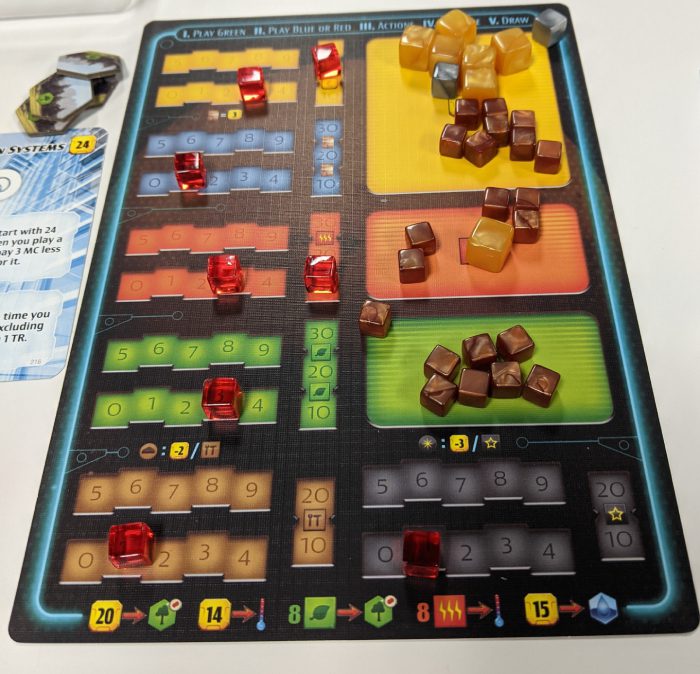
Raising the heat
The box says 90-120 minutes of game time, my games lasted 2 to 3 hours, a length I didn’t find acceptable for this type of gameplay loop. As much as I like card drafting, it added an extra 30 minutes and felt like a used band-aid attempt to prevent players from creating powerful combos. The map looked nice at first glance, but over time it became a monument to analysis paralysis. Much like Tapestry, Black Angel, and Great Western Trail, this game has many systems glued together to form an attempt at cohesion, like letters on a ransom note.
However, there was one area of the game I liked: the cards.
I can’t explain it. It’s perhaps just the simple rule of playing cards from your hand by paying cash. Or maybe it is the use of the icons, or “Tags” as the game calls them, in several areas throughout the game. Maybe it’s the uniqueness of every single card, making your hand of cards feel like a kid in a candy store where you don’t know where you should begin.
My favorite aspect of the cards was not only their mechanisms but also their narrative. You are running a corporation, and every single card represents a project that you can fund. Some of these are sensible, like air filters and trees. Then you get the insane, such as hiring raiders, conscription, or unleashing a virus. Even environmentally friendly corporations could resort to slinging asteroids, endless mining, then suddenly throw dogs into the mix. The stories here can be just as sensible as getting a bar of soap during a meteor shower.
Making it lightweight
So when I heard they were making a card game version of Terraforming Mars, I pulled up a lawn chair because I wanted to see where this was going. After I heard they were implementing phase selection similar to Race for the Galaxy, I had to get a second lawn chair to rest my feet. For those who are unaware, phase selection gives players the option to control actions performed in a round, resulting in more player agency. It is one of my favorite systems in board gaming.
A few months and half a dozen games later, here we are. Terraforming Mars Ares Expedition still uses the player mat that tracks the production of your resources and the amount of each that you have. Playing cards requires money, planting trees for oxygen requires greenery, and temperature increase uses heat. Perhaps the biggest, and most welcoming change, is the Steel and Titanium. Now, they serve as continuous discounts on certain projects, rather than being spendable resources. As you can see, there’s nothing too exciting here, and I’m glad since I enjoyed that feature of the original board game.
I can’t say the same about the map. You still have the board in the middle of the table that tracks the temperature, oxygen, or oceans. The oceans are now tiles that start face down, and during the game, you will flip them face up for random resource bonuses. While I am disappointed at this mindless approach, I can understand the intention. It is a game that wants to focus on card play, and having an involving map system like the original game would distract the players from the core experience.
As for the cards themselves, the mechanisms haven’t changed much because why mess with near perfection? You still have the money cost, the Tags, and the same three colors. Green manipulates resource production, blue gives passive effects or new rule-breaking actions, and red provides instant effects. Red cards have undergone one severe change: no more nasty interactions like stealing or destroying resources. I much prefer this over the original design.
Changes were also made to drawing and discarding. Unlike the original game, when you draw cards, you keep them at no cost. At any time, you can discard cards from your hand for 3 credits. The number 3 is important since your money production at the start of the game is often around 5, urging you to slash the bad cards in your hand as soon as you can. You still have a hand limit of 10, but any excess you throw out this way still gets you 3 credits each.
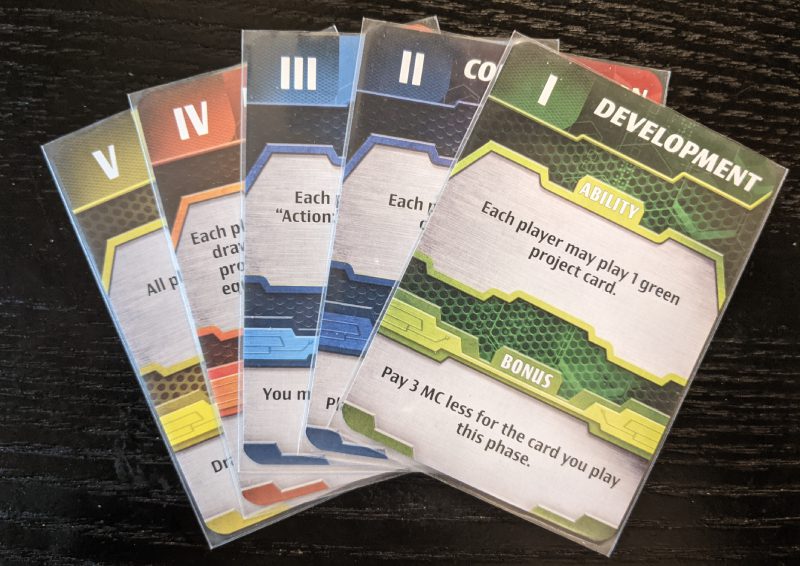
Race for the red planet
Besides the project cards, everyone has a personal hand of five phase cards. At the start of each round, you will pick a phase card and place it face down. Once everyone has done this, reveal the cards. Activate the phases chosen in the current round. So if you chose Phase 1, and I chose Phase 3, play both phases. After playing the phases out, do it again, until the oxygen track, temperature track, and ocean tiles are complete. Like most modern board games, the player with the most victory points is the winner.
The phases themselves are self-explanatory.
- Development: Play a Green card
- Construction: Play a Blue or Red card
- Action: You may use each Blue action card once and spend resources for additional actions
- Production: Produce your resources
- Research: Draw two project cards and keep one
The trick here is the phase that you picked gives you a bonus. Going by the example above, your bonus for picking Phase 1 is you get a discount on your played Green card, while my bonus for Phase 3 is I can choose to activate a single Blue card’s action twice. Another twist is you cannot play the same phase card twice in a row.
This is a major departure since the game now has no individual turns. Everybody at the table completes each phase at the same time, so systems and rules do not dictate the pace of the game.
So the big question we need to ask is, will the new phase selection improve the card system? To me, the quick answer is a moderate yes. The long answer? Well…
Phasing like the moon
One of the signature traits of a tableau builder is isolated gameplay. Players will often be in their small corners at the table, attempting to craft their elaborate point-generating machines better than their peers with glimpses of direct engagement. To create player interaction, many designers will often throw in objectives that only one person can claim, making this a contest of efficiency.
Phase Selection turns this around by forcing everyone on the table to engage with each other on both a social and mechanical layer. On a mechanical level, you need to absorb all of this public information, such as the played cards, and leverage that information to make an informed decision. From a social standpoint, you need to read the personalities of your peers and guess if they do the “obvious” play or not. The idea behind this system is to have the players strive to piggyback each other’s decisions, having a more fruitful round than their opponents.
What I truly cherish about this system is the randomization it brings. Instead of rolling dice or drawing cards, the volatility is bounded by the chaotic human beings at the table, including yourself. It’s possible to study your friends’ cards and resources, play your phase card, and reveal—only to realize that you picked the same phase as everyone else. An awkward laugh will follow, as you all realize that collective human stupidity isn’t limited to politicians.
Mind you, what I am expressing is the exemplary version of a hidden phase selection system. Unfortunately, Terraforming Mars Ares Expedition doesn’t meet those expectations; it flies under them with grace.
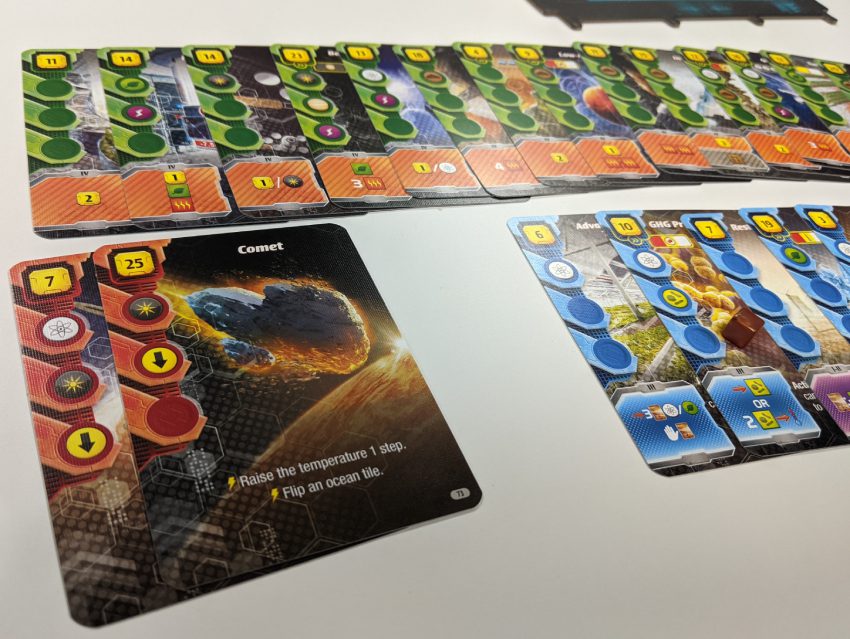
Planning the perfect combo
It’s easy to figure why this is the case. Simply put, the card combos are too elaborate for the phase selection. Not that phase selection isn’t vital to winning, since you still want the edge. However, it’s not the protagonist in this story.
My first game will serve as an example of this. I had a battalion of green cards that increased my heat and money production. I would use my heat to increase the temperature of Mars to score some points. During one of the Research phases, I came across Steelworks, a blue card that gave me an action to spend Heat to increase oxygen. Bam, it’s in. Now I threaten both oxygen and temperature tracks with my cards. I also had enough money to play new cards to increase my heat production. Any phase picked would be fine for me.
It is possible to argue that my decisions have led to this position, but that is not the point. The issue here is the phases are more of a backdrop than what I expected.
Yet, I didn’t view this as a major problem. I was so enamored by my creation that I didn’t care. Interrogating each card in my hand in an empty room and a hanging light bulb was delightful. The challenge of tracking my resources and playing my cards to prepare this elaborate combo feast kept me going. It was at this point that I empathized with Doctor Frankenstein. I created a monster, and I wanted to see it through to the bitter end.
Success is not given. It is earned.
That was one game. In the next game, I became the Titanium Production Lord and started hunting for red cards. Why? Because I wanted to throw ice asteroids at Mars like an angry Norse God who misses Carl Sagan. In another game, I was planting cubes on my blue cards for points because microbes are awesome. Just like in real life, I couldn’t exactly grasp this concept well and failed miserably.
That’s the beauty of Ares Expedition. It seduces you with its simplicity, but once you’re in, you might not want to leave. There are so many systems, combos, and mechanisms to master that it will take several plays to see most of it. The best part about all of this is the game will adapt to your group’s decisions. Any attempts to “break” it will be laughed at as if it were an anime antagonist of the day.
Going back to my first game, we didn’t plant any trees. Usually, you would spend greenery to plant a tree for oxygen. Not in our game. Oxygen production was strictly through technology and industry. Because of our uncoordinated efforts, we turned Mars into Total Recall. That deserves praise.
This does bring me back to my original point about tableau builders and the lack of player interaction. The gameplay is about creating the best combos and not knocking heads, so Ares Expedition doesn’t stray too far from the norm. This usually would be a negative for me, but I find the card system and the various combinations more engaging than I had anticipated, so I’ll give it a pass.
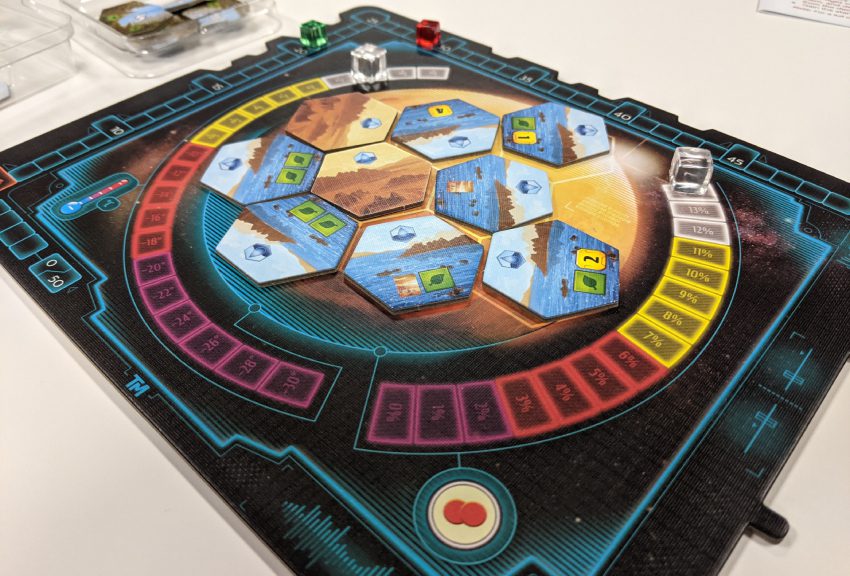
A successful spin-off
It’s fair to say that I enjoy this game immensely. If I could, I would roll out the red carpet, throw confetti at its face, and place a tiara on its head. This is magnificent work in an increasingly crowded and demanding genre.
But I see some people with their hands up, wanting to ask a few questions.
Let’s start with the Terraforming Mars crowd over there, the ones that clutch onto their many expansions with the same love as Gollum had for the One Ring. I wouldn’t be surprised if some original Terraforming Mars fans wouldn’t look too kindly at this.
They stripped the game down to just the card game portion, preserving nothing else. There is no drafting, no maps, or the many systems from the expansions. There is no attempt to compromise or emulate anything from the original. It is Terraforming Mars on a keto diet that wants you to focus on the card play. To put it another way, if you were shaking your head while reading my opinions on the original board game, you might have mixed feelings about this spin-off.
Now onto the crowd that are fans of the tableau builders. Is it different from what’s out there? It’s a rough landscape full of splendid games, yet Terraforming Mars Ares Expedition carves its own territory. It is far more focused on resource management and elaborate card combos than the typical entry to the genre. With a giant deck of over 200 cards, each of them unique, that’s not too much of a surprise.
This density does have a cost. It is far slower-paced than others. Games like Roll for the Galaxy, Res Arcana or Aquatica love to boast about their twenty minutes to an hour of game time. Ares Expedition can easily go to an hour or more, and that’s deliberate. I would compare the average tableau builder to a drag race, and Ares Expedition to the 24 Hours of Le Mans. Similar concept, different intentions.
Almost at the landing point
While I have written over two thousand words of praise to this game, I cannot stand playing one versus one. Having fewer active phases per round means you’ll have more rounds to finish the game. More rounds lead to more cards, pushing you to mentally track more variables. As a result, I dreaded the Production and Action phases, since I had to channel my inner back alley accountant to go through them. To solidify my negative impressions even further, I had to find three different people for three head-to-head games because none of them wanted to go through the grind a second time. That is an observation I cannot ignore.
Since I don’t typically play two-player games, this issue holds little significance for me. However, your mileage may vary. Terraforming Mars Ares Expedition does not adhere to the general wisdom of the tableau-building genre, but the execution and emergent strategies make it well worth the time. You might not find another designer willing to go so far with a game in this genre, so even if your usual tastes don’t match this, you should check it out to satisfy that curiosity. Now if you will excuse me, I need to figure out how to make these damn microbes work for me.


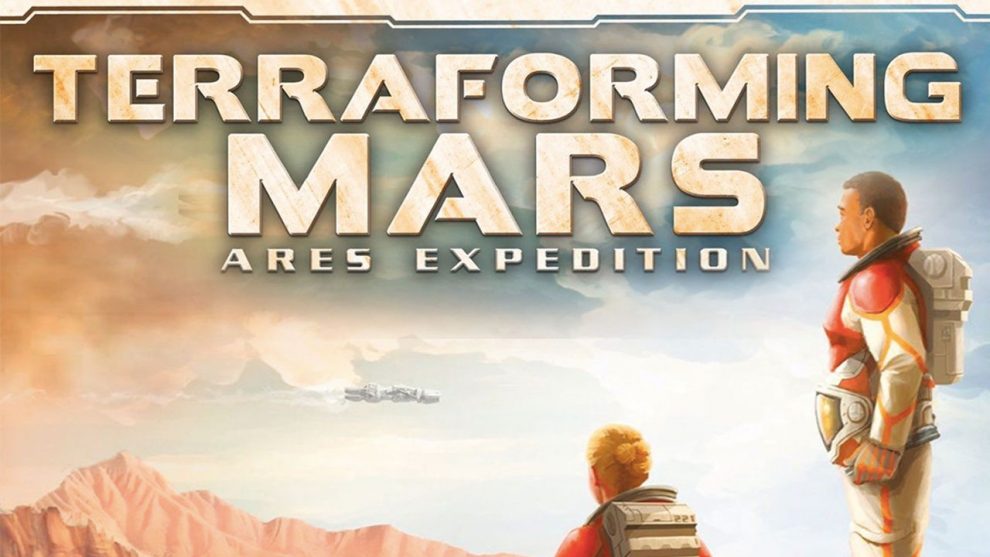


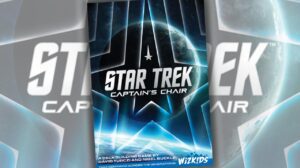

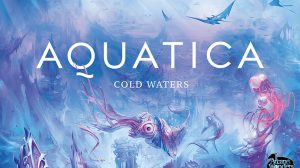




Add Comment